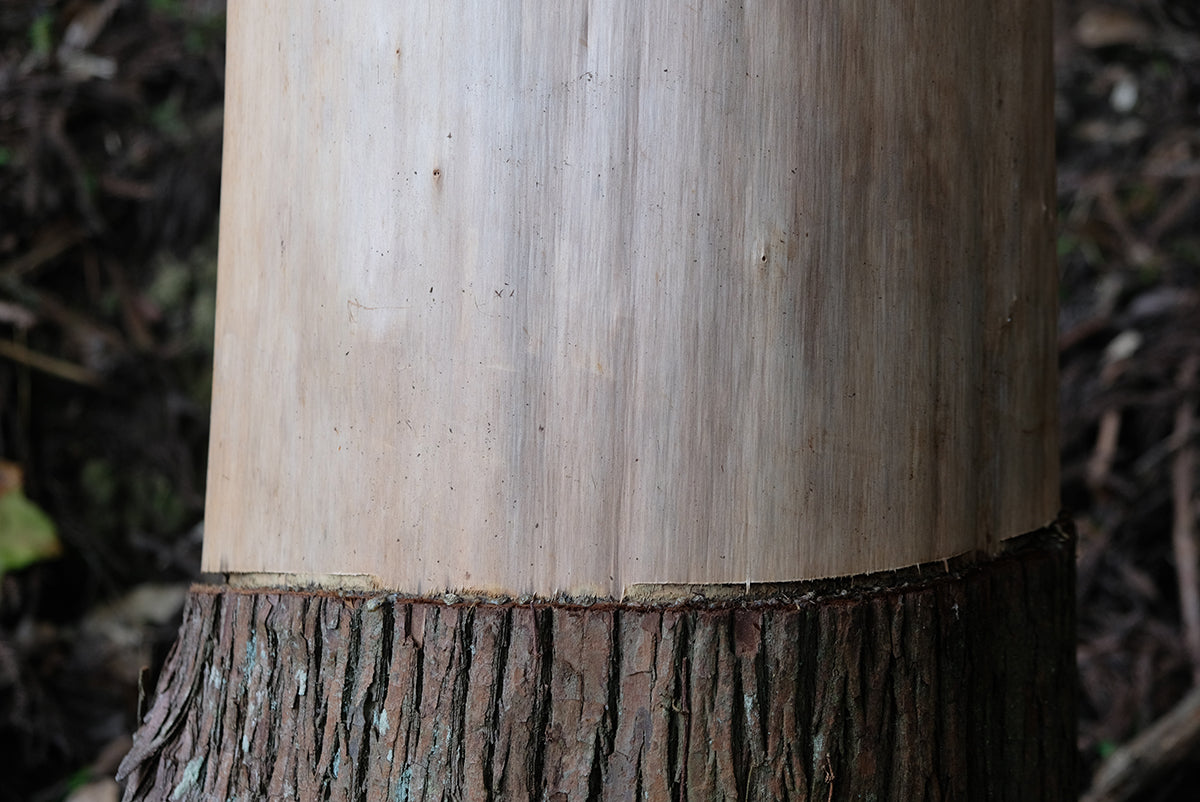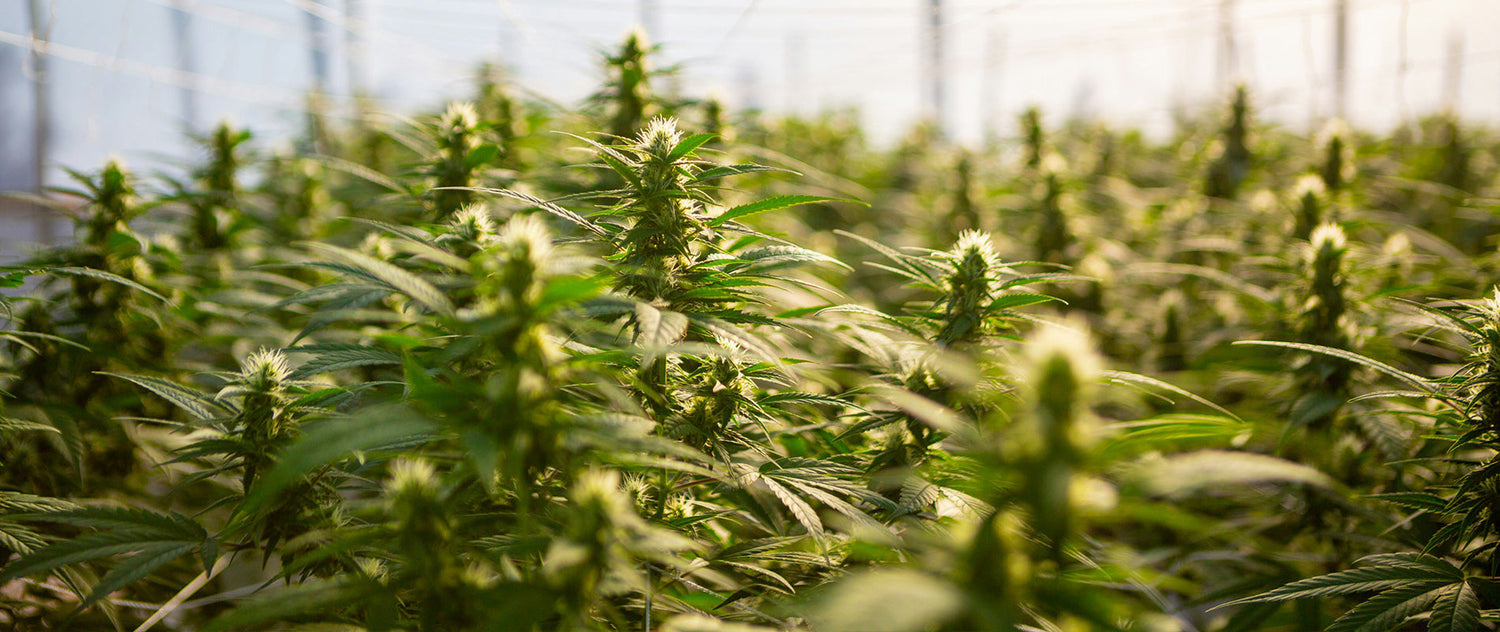What is Agroforestry?

Agroforestry is a holistic and sustainable land-use management system that combines trees and shrubs with crops and/or livestock to optimize the use of resources and create diverse, productive, and environmentally sustainable ecosystems. This practice acknowledges the interplay between forestry and agriculture, striving to achieve multiple benefits, including improved soil health, increased biodiversity, water conservation, and economic resilience for farmers. By mimicking natural ecosystems, agroforestry supports a range of ecosystem services, such as carbon sequestration, erosion control, and enhanced nutrient cycling, all of which contribute to a healthier planet.
Common Agroforestry Practices
Common agroforestry practices include:
- Alley cropping: Crops are grown between rows of trees.
- Silvopasture: Forestry is combined with grazing animals.
- Windbreaks: Protect crops and livestock from wind damage.
- Riparian buffer zones: Trees and vegetation are planted along water bodies to prevent soil erosion and maintain water quality.
These practices collectively improve soil structure, reduce the need for chemical fertilizers, and offer habitat for wildlife, all while providing additional income streams from timber, fruit, nuts, or medicinal products.
My Thoughts on Agroforestry

I have to admit that agroforestry isn’t exactly a foreign term to me. But lately, I've noticed its presence more frequently in conversations and articles here in Japan. Perhaps it’s no coincidence—there’s something quietly shifting in how we view our connection to the land and how we cultivate it. What strikes me, though, is the relative obscurity of terms like “restoration agriculture.” Maybe the explanation lies in Japan’s unique topography, where over 70% of the land is covered by forests. In a country so richly wooded, it raises questions about how agroforestry fits into our broader narrative.
Agroforestry in Temperate Zones
Agroforestry is often seen as a solution best suited to tropical and subtropical climates, with its lush and diverse arrangements of trees, crops, and livestock. But what about temperate zones? How does this play out here? I've not encountered many vivid examples of such practices flourishing in temperate climates like ours, but that doesn’t mean there isn’t room to explore and adapt. Across Europe, there's a growing movement to reintroduce sustainable practices in agriculture. Maybe we can take inspiration there, too.
Satoyama: A Japanese Perspective
That said, perhaps the conversation in Japan should first turn to the concept of Satoyama—a traditional way of living harmoniously with forested lands. Satoyama landscapes embody a natural, communal spirit that weaves together human life and the rhythms of nature. It’s more restoration agriculture than any trend. As we explore agroforestry, it might be time to see how we can deepen this tradition: not just to build on what worked in the past, but to adapt and enrich it for today’s food systems and ecological challenges. It’s a conversation worth having, and I, for one, am curious to see where it leads us.
Agroforestry and Kosmic’s Philosophy

I’m also exploring how I can weave these practices into my daily life and the broader vision of Kosmic. There’s a beauty in the synergy between agroforestry’s wisdom and Kosmic’s philosophy—both rooted in the idea of living harmoniously with nature. For me, it’s not just about growing awareness but about cultivating real, tangible change. From sourcing ingredients that are grown sustainably to working with communities that embody these principles, I see an opportunity to introduce natural resources in a way that nourishes, heals, and aligns with our collective values. This is about more than integrating trees and crops; it’s about cultivating a life that respects the cycles of nature, one mindful step at a time.

















